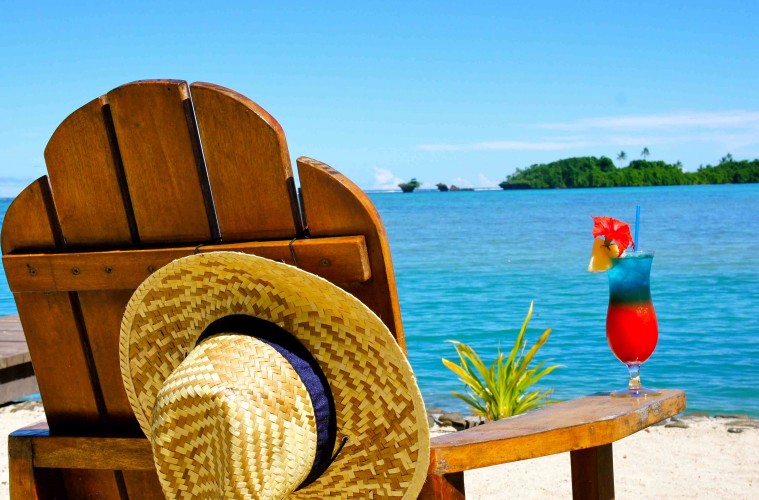In the 1960’s, President Nasser ordered to build a second dam on the Nile near Aswan, resulting in flooding over 6,200km2 of the Nile Valley to the south, creating one of the largest man-made lakes in Africa. The lake is 550km long and ist shores reach an incredible 7,844km.
The fish population of the original river was presented with a huge lake to live in and have thrived in their new habitat, especially the Tilapia and their predators, Nile Perch, Tiger Fish and the big cat-fish.
Lake Nasser represents for Egypt their only long lasting resource of fresh drinking water. Therefore it is well protected by the authorities and there is no easy access to the shores around the lake. That makes it a privilege for us to be able to navigate in these waters. There is no city or other source of pollution on the lake, which makes it possible to drink straight away from the lake if you wish!
Aside from terrific angling, the lake is a lovely place to visit. It’s a magical wilderness of stunning desert scenery, bordered by the clean water of the lake, which is dotted with rocky islands; there is an atmosphere of tranquillity, vastness and adventure; a wilderness where anglers literally have hundreds of square miles for themselves.
The shoreline is a variety of desert landscapes, hilly and rugged, flat and sandy beaches. There are thousands of islands and a large number of inner lakes to be discovered.
The lake is remote and thinly populated by peasant fishermen; the local residents are Bedouin camel and sheep herdsmen who are occasionally seen grazing their flocks on the sparse vegetation at the edge of the lake.
There are an impressive variety of birds, mammals and reptiles. More than 100 species of birds have been recorded: Wild duck, Egyptian geese, pelicans, herons, egrets and various species of hawks, kites, falcons and eagles will be among the birds seen.
In most areas there are crocodiles and monitor lizards, other types of wildlife include gazelles, jackals, desert foxes, and various smaller desert mammals.
FISHING
Lake Nasser is the best destination in the world for Nile Perch, which only exist naturally in the African river systems and lakes. By comparison with other lakes in Africa, Lake Nasser is remote and sparsely populated; this isolation has allowed the lake to maintain an excellent quantity of big Nile Perch.
The Nile Perch is the largest freshwater fish in the world. The Guinness Book of Records lists an incredible 232kg Nile Perch caught by local fishermen on Lake Victoria. The largest reliable record of Nile Perch from Lake Nasser is a fish of 176kg (392lb). A few Nile Perch of over 100kg have been captured by anglers on Lake Nasser, our record is 108kg (238lb). Research shows that Nile Perch have a better chance of reaching record sizes in lakes rather than in river systems and there is every indication that there are massive fish still living in Lake Nasser. A magnificent fish, which resembles a giant black bass or a large Barramundi, the Nile Perch has pharaonic power and will test your equipment to the limits. Great attacks and violent head moves on the water surface are characteristic for this beautiful local fish specimen.
As for the Tiger Fish, it doesn’t reach such pharaonic proportions. However it is also very powerful and will surprise you by its acrobatic fight. Especially on light tackle a Tiger takes a lot of beating. Few fish have such a fierce fighting energy. Tiger Fish thrive in the lake and of the two species the most common is Hydrocynus Forskalli that grows to 7kg. Tiger Fish are related to the South American Piranha and just one look at their vicious teeth, leaves you in no doubt that they are savage predators.
Catfish also provide an exciting challenge. There are 18 species found in the lake, two of which are interesting for anglers: the Bagrus and more notably the legendary Vundu. If you hook a Vundu it will really give you an unforgettable fight. The local fishermen talk of specimens that have achieved weights of well over 100lb; the largest cat-fish we have caught to date is a 40kg Vundu and a 34kg Bagrus. Catfish can be caught while trolling, but you have a much better chance ledgering for them at night with dead or live bait on a single hook.
Finally, the famous Tilapia deserves to be mentioned. This fish is abundant in Lake Nasser. As small fish it is certainly one of the main food resources for the Nile Perch.
SEASONS
Summer season – from March to the end of September
From approximately mid March to the end of September the Nile Perch is found in shallow water. This is because the Tilapia, the Nile Perch’s principal prey, are spawning and then after spawning the huge population of Tilapia fry are growing up; all this takes place in the water between 2-6m. This is the best time of the year for shore and fly-fishing. Trolling provides good sport using shallower lures. There are still a lot of big Nile Perch around but they tend to be less concentrated than during winter season.
Winter season – from October until the end of February
The lake is at its highest level and the Nile Perch are found in deeper water. We believe that the bigger Nile Perch are feeding up and then coming together to get ready for spawning which takes place sometime in January / February. Year after year we capture bigger fish during this season and almost all these fish are caught trolling over underwater promontories and sunken islands. The winter months, except for the month of October, are not the best time for shore and fly-fishing.



 Your trustworthy partner
Your trustworthy partner